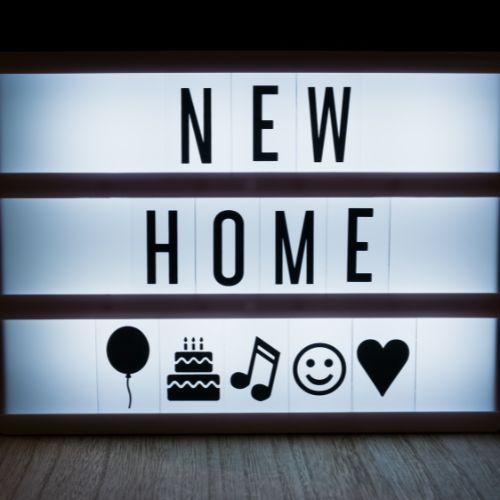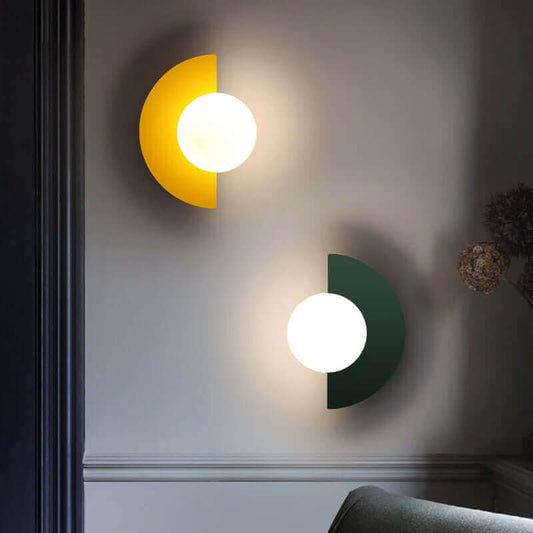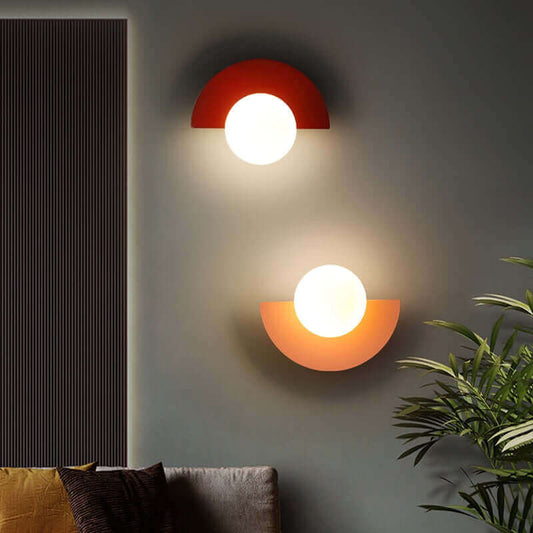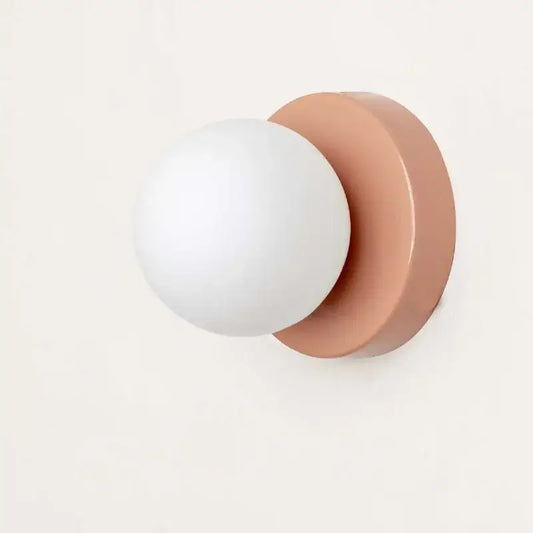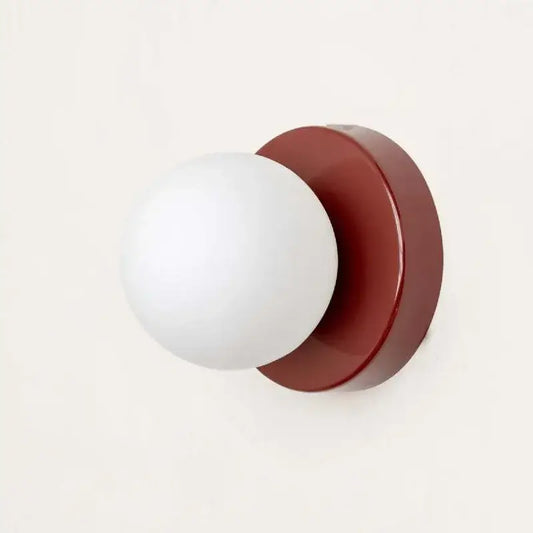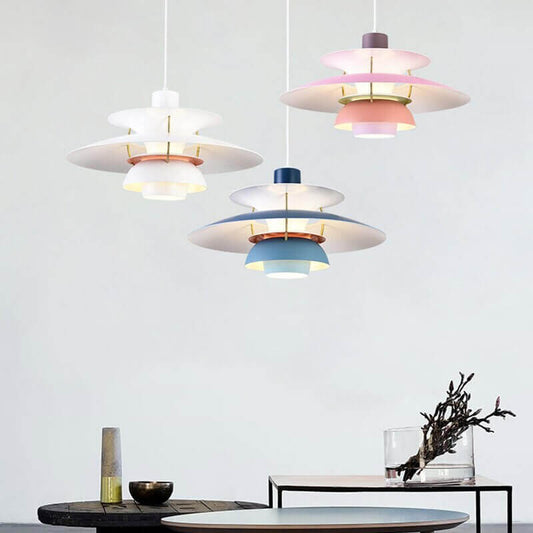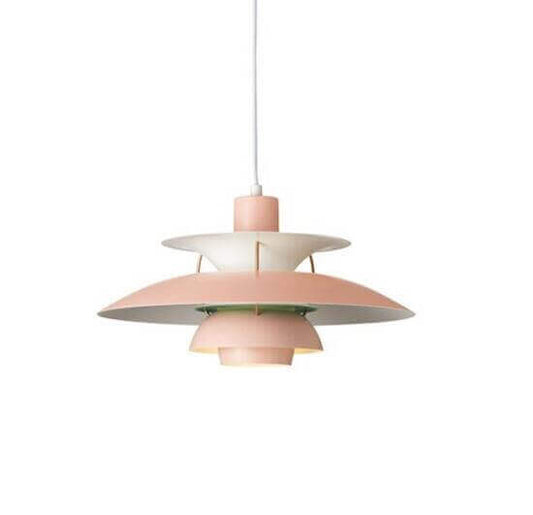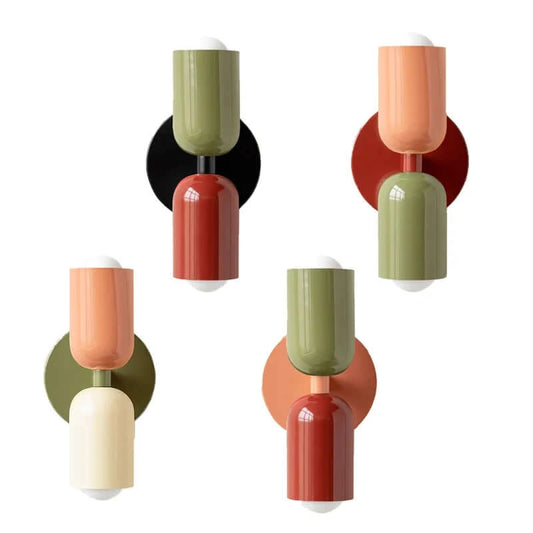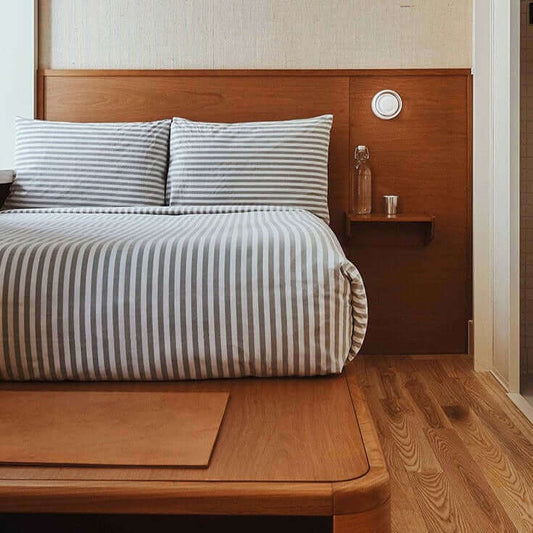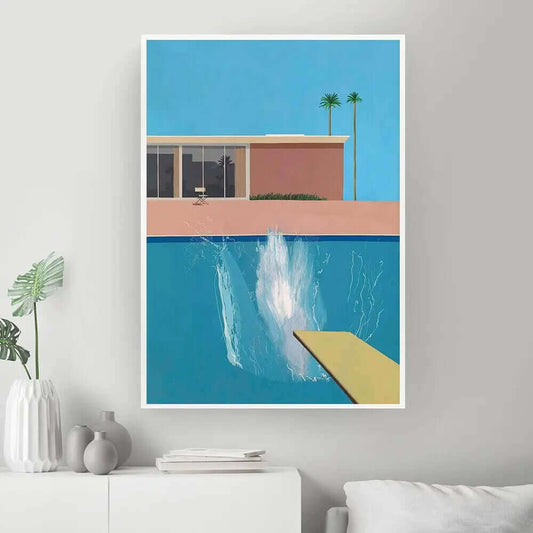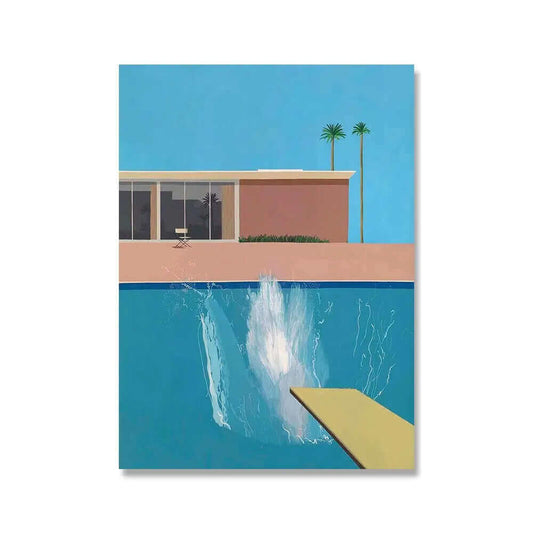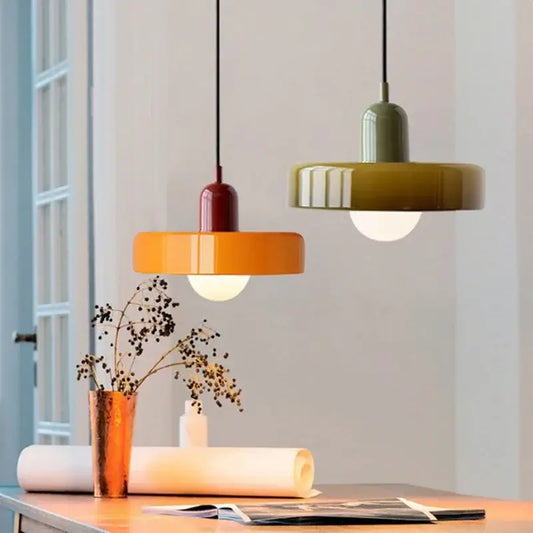Introduction
Interior design styling and staging are transformative processes that breathe life into spaces, turning them into inviting and captivating environments. Styling focuses on enhancing the aesthetics and functionality of existing spaces, while staging aims to showcase a property's full potential for sale or rental. This comprehensive article explores the significance of styling and staging, delves into key principles and techniques, and highlights influential designers, universities, industry bodies, and guidelines that shape the world of interior styling and staging.
- The Significance of Styling and Staging
Styling and staging are integral to interior design, as they are instrumental in creating visually appealing spaces that evoke emotions and resonate with occupants and potential buyers or renters. Through thoughtful curation of furnishings, decor, and accessories, styling brings out the personality and style of a space. Staging, on the other hand, plays a pivotal role in presenting a property in its best light, enticing prospective buyers or tenants.
References:
- Styled: Secrets for Arranging Rooms, from Tabletops to Bookshelves by Emily Henderson offers valuable insights into interior styling techniques.
- The Real Estate Staging Association (RESA) (www.realestatestagingassociation.com) provides industry guidelines and resources for staging professionals.
- Key Principles and Techniques in Styling and Staging
a. Decluttering and Organizing: A fundamental aspect of both styling and staging involves decluttering and organizing spaces to create a clean and inviting atmosphere.
b. Cohesive Color Palettes: The use of cohesive color palettes enhances the overall visual appeal and creates a harmonious environment.
c. Balance and Proportion: Balancing furniture and decor elements, as well as considering proportion in relation to the space, ensures an aesthetically pleasing outcome.
d. Artful Accessorizing: Thoughtful selection and arrangement of accessories, such as artwork and decorative items, add character and personality to a space.
e. Lighting and Ambiance: Proper lighting plays a crucial role in setting the mood and ambiance of a room, making it inviting and comfortable.
References:
-
Building a Successful Home Staging Business: Proven Strategies from the Creator of Home Staging
Barb Schwarz - "Elements of Style: Designing a Home & a Life" by Erin Gates offers inspiration for interior styling and design.
- Influential Designers and Industry Bodies
a. Kelly Wearstler: Renowned for her bold and eclectic style, Kelly Wearstler is a prominent interior designer known for her innovative approach to styling spaces.
b. Home Staging and Styling Association (HSSA): The HSSA (www.homestagingassociation.org) is a leading industry body that provides education and resources for home staging professionals.
- Universities Offering Styling and Staging Programs
Several universities offer specialized courses and programs in interior styling and staging, equipping aspiring professionals with the necessary skills and knowledge to excel in the field. Some notable institutions include:
a. New York School of Interior Design (NYSID) (www.nysid.edu): Offers a certificate program in Interior Design Staging.
b. University of California, Los Angeles (UCLA) Extension (www.uclaextension.edu): Provides a Home Staging Program for professionals seeking to enter the industry.
Conclusion
Interior design styling and staging are transformative practices that add visual appeal and elevate spaces to new heights. By implementing key principles and techniques in decluttering, color palettes, balance, proportion, accessorizing, and lighting, professionals in this field create inviting and harmonious environments. Influential designers like Kelly Wearstler and industry bodies like HSSA shape the industry's standards and trends, while universities such as NYSID and UCLA Extension offer specialized education and training for aspiring stylists and stagers. As the demand for visually captivating spaces continues to rise, interior styling and staging play a pivotal role in creating spaces that leave a lasting impression on occupants and potential buyers or renters.
